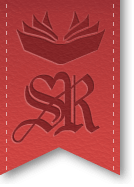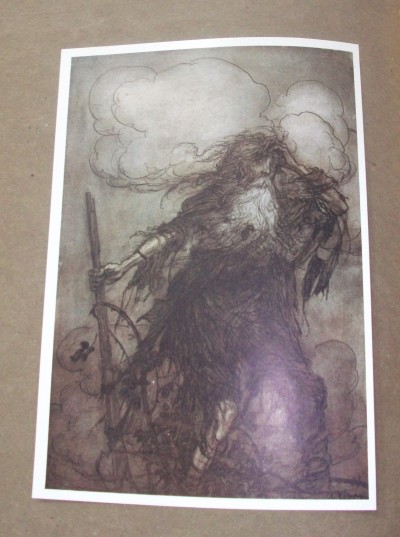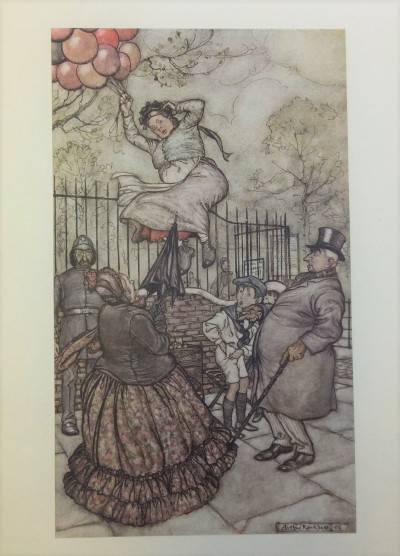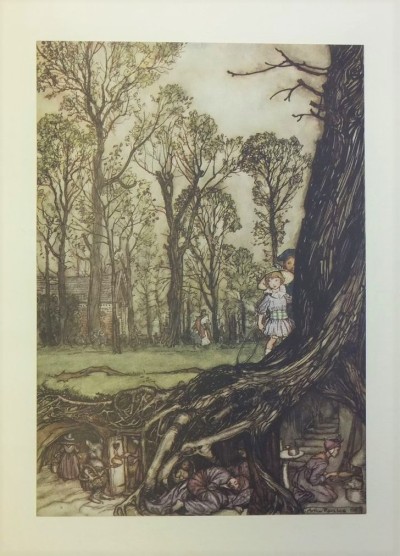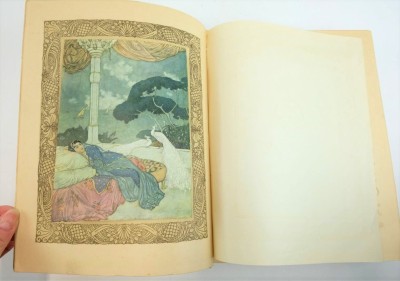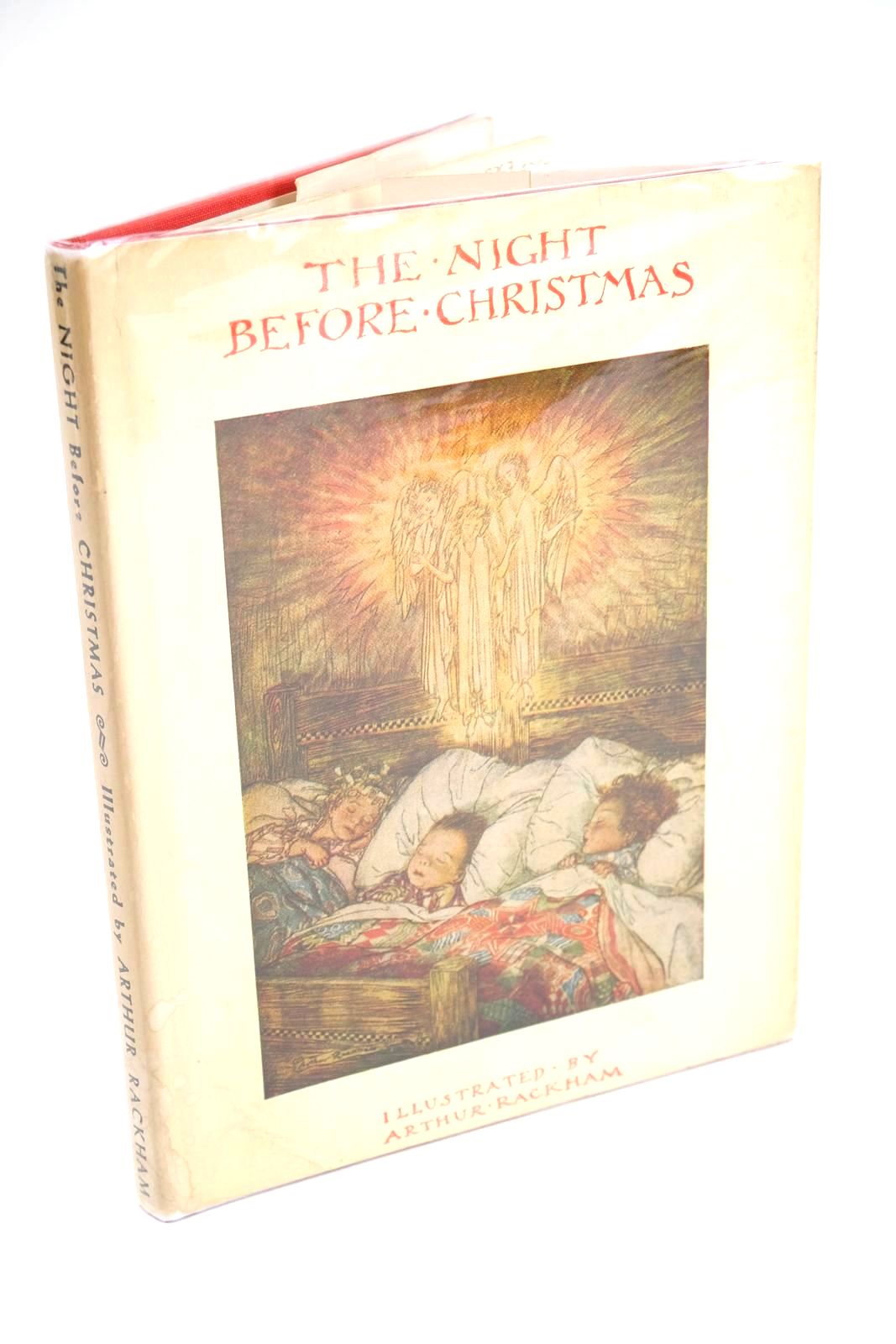Arthur Rackham
 Arthur Rackham, one of 12 children, was born 19th September 1867 in Vauxhall, London and died 6th September 1939.
Arthur Rackham, one of 12 children, was born 19th September 1867 in Vauxhall, London and died 6th September 1939.
Arthur Rackham is undoubtedly a name that can be placed right in the heart of the Golden Age of book illustration, and with it conjures up images of elves, fairies, princes & princesses, brave young knights and dragons. Some would say he was a direct inspiration for Disney many years later.
The last years of the nineteenth century saw a huge new interest in folk & fairy tales by the general public. This subject was revived mostly by the authors Andrew Lang and Joseph Jacobs and could be seen in the pages of Strand magazine from all corners of the world. This Golden Age of children’s book illustration reached its peak between the years 1905-1914 due to this interest in folk and fairy tales. At the same time the new technology being developed in book printing techniques enabled colour illustrations to be reproduced for mass publication.
Arthur Rackham brought a renewed sense of excitement to book illustration that coincided with the rapid developments in printing technology in the early twentieth century. Working with subtle colour and wiry line, he exploited the growing strengths of commercial printing to create imagery and characterisations that dominated the art of book illustration at the start of a new century. His illustrations are memorable for their slight sepia tone and backgrounds of twisted undergrowth, trees with disturbing sinister characterisation and menacing forests shadows. He no longer had to rely on an engraver to reproduce his line drawings. He was now free to create intricate line details and experiment with adding colour to his work for the first time. He then only needed to have his art photographed for it to be available to be reproduced in print for books.
The book which brought Rackham to the attention of the world was Washington Irving’s Rip Van Winkle published in 1905. For this he produced 51 art pieces to illustrate Irving’s story. Rackham held an exhibition, at Leicester Galleries London, of all the original illustrations to coincide with the book release. It was this kind of new marketing strategy which created great excitement & interest, to the general public, for the book. This set the pattern for Rackham’s book launches for the next thirty years.
A certain J. M. Barrie also visited this exhibition for Rip Van Winkle and was so inspired by his work that he immediately set up a meeting with Arthur Rackham to discuss commissioning him to illustrate the first edition of Barrie’s new book Peter Pan in Kensington Gardens.
Soon the book publishers of the day started to work with authors and illustrators to produce many more folk & fairy tale books as their popularity grew. There would be special editions of collections of fairy tales produced for Christmas and editions in different formats and prices to make them available to more people. The general public could not get enough of these books filled with old and new tales with fantastic illustrations from this new art movement.
The illustrators who became most popular in this time were:
Arthur Rackham would have been naturally influenced by earlier British art movements. The Pre-Raphaelites, William Morris and the Arts & Crafts movement. However, it would be with the new style of Art Nouveau that he would become synonymous. Art Nouveau was all about using the natural world as inspiration, the lines are organic and flowing and never ever straight, just as in nature there are no straight lines. Objects would be stylised and outlined to emphasise the organic shape. This has been described as reminiscent of Japanese block printing and brush work. The central themes to Art Nouveau are folklore, mythology, romance and, of course, fairy tales.
To see how Arthur Rackham fits in to this genre you only have to look at his artwork to find the flowing organic shapes, sinuous lines and stylised natural forms. His female figures are almost always depicted with long flowing hair and wearing long flowing robes of a bygone era. Where he differs from some of the other artists is in the detail line work of his other characters. You can almost see the enjoyment he has of drawing a witch or goblin and making their faces the most witchy or impish that he possibly can!
The majority of the work he was commissioned for were for books that had fairy tale, magical and mythological themes. This would fit right in to the Art Nouveau ethos.
My own personal appreciation of Arthur Rackham started at a very young age. My mother bought me a 1965 Edition of Mother Goose Nursery Rhymes illustrated by Arthur Rackham when I was aged 4. I felt the notion straight away that this was what nursery rhymes and fairy tales should look like. I loved all the intricately drawn pictures. They were nothing like the saccharine, cute, child friendly drawings in any of my other books and I was completely fascinated by them. The muted colours with heavy shadows, the trees with faces and the slightly scary imps & goblins hiding in corners completely fuelled my imagination at that young age and has done so pretty much ever since.
Contributed by Michelle
(Published on 30th Sep 2022)
